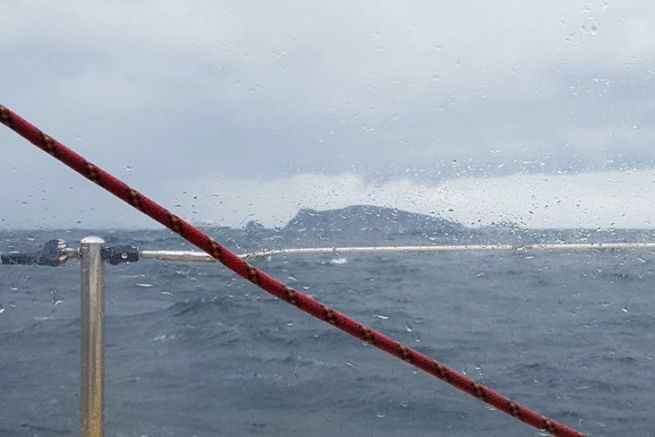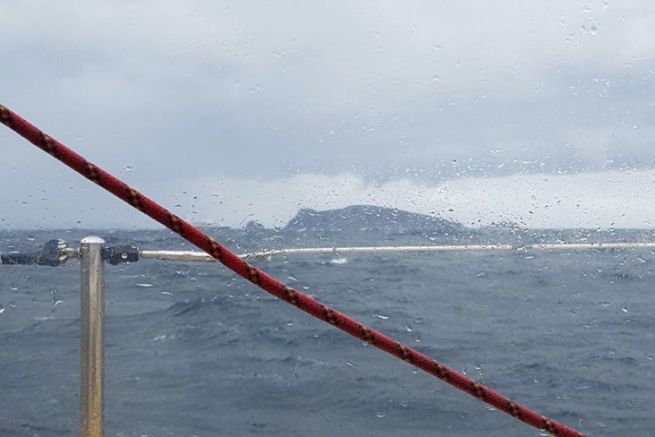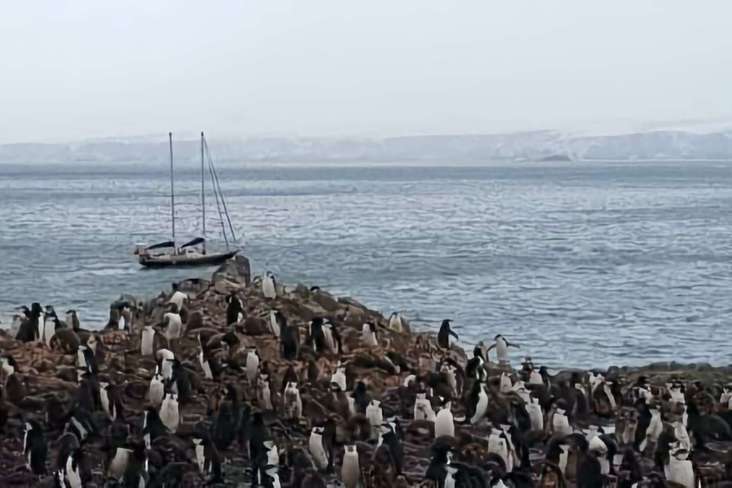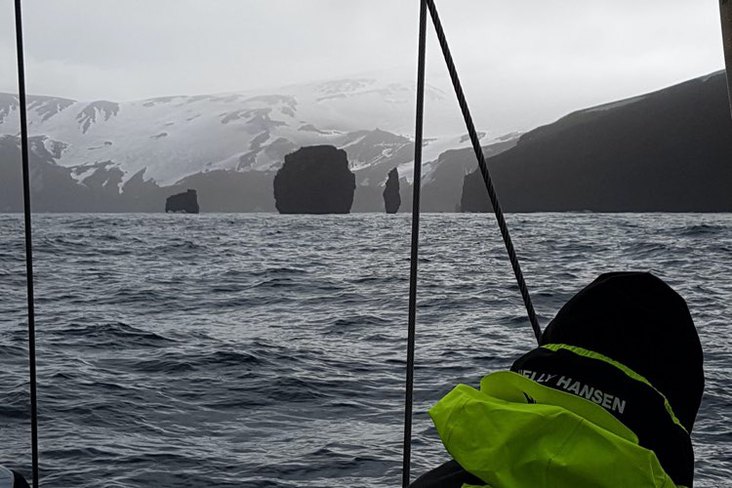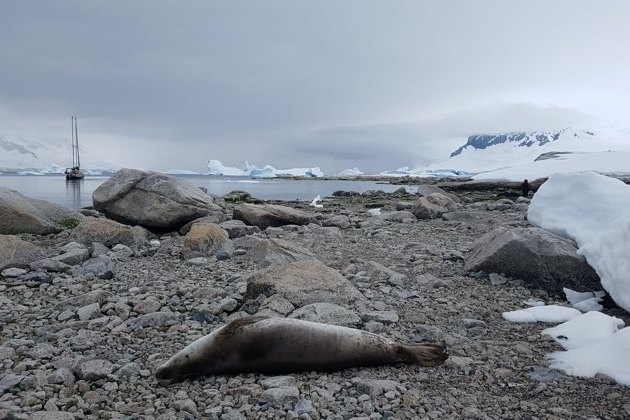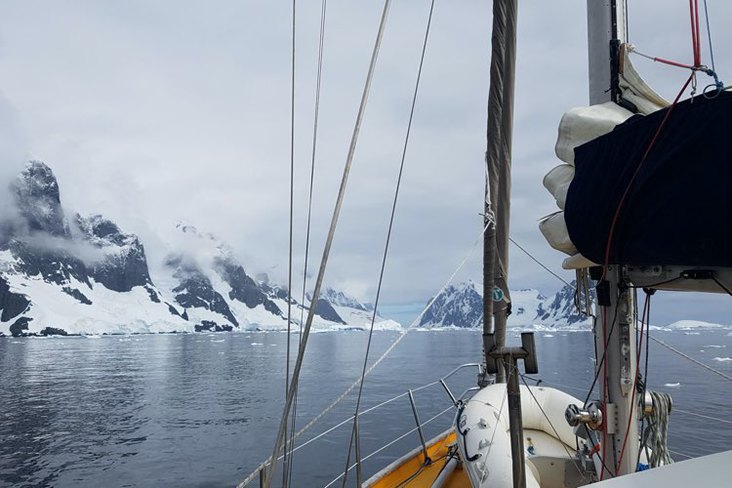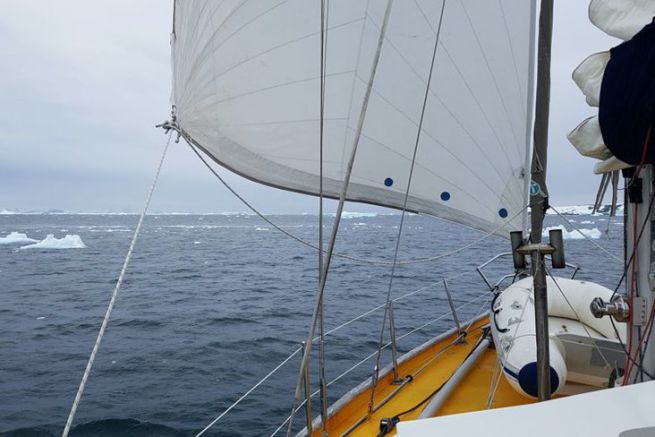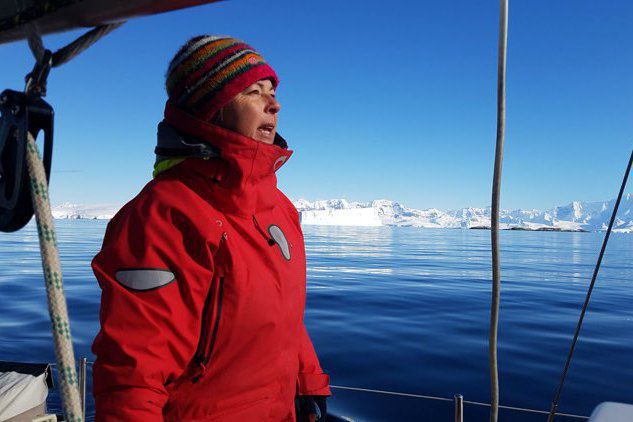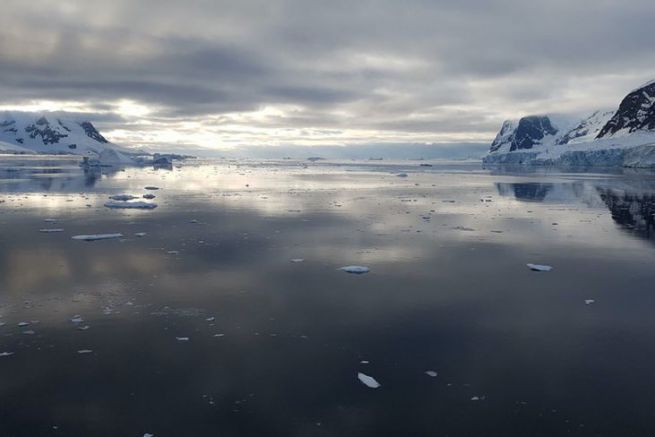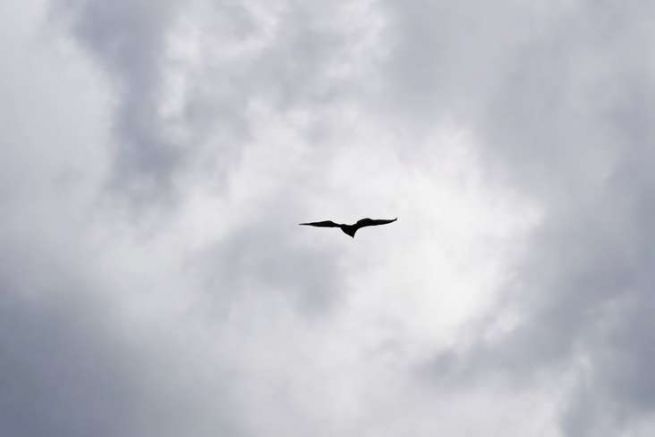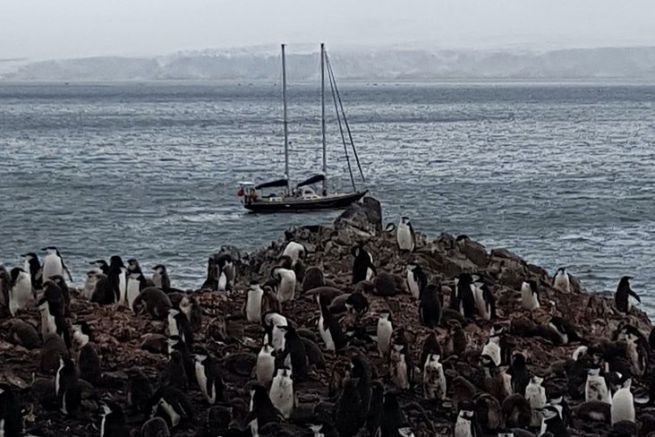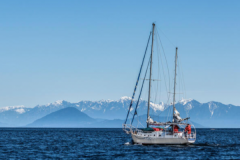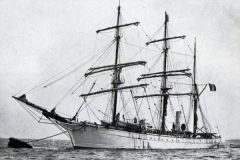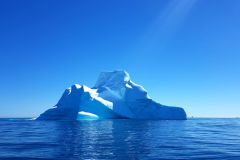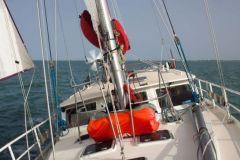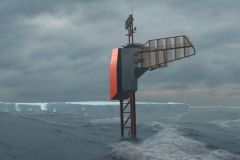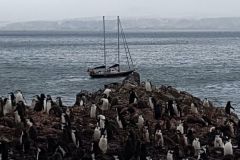With the experience of 30 years of cruising around the world with their family, Carole and Dominique embark for the first time on an unknown sailing boat for 2 months of difficult navigation in Antarctic waters. Very factual, Dominique tells us the story of this voyage (in 8 episodes) which will be punctuated by numerous damages, but above all by the endangerment of the crew..
We have to face the fact that our boat is not suitable..
In residence in the Beagle Channel for 2 years aboard our boat, we had a front row seat to watch the handful of intrepid sailboats that each year sail through the Drake Passage to the Antarctic Peninsula. A quick examination of our own boat led us to conclude, without a shadow of a doubt, that it was not made for this kind of adventure: a fibreglass hull, poorly adapted to close contact with the ice, a mooring that would have required oversizing, which would have required, among other things, replacing the windlass, a simple canvas canopy to stop the big waves raging in the Drake, a very insufficient reserve of diesel oil... No, really no, our faithful around-the-world mount for 30 years wasn't at all adapted to Antarctic conditions.
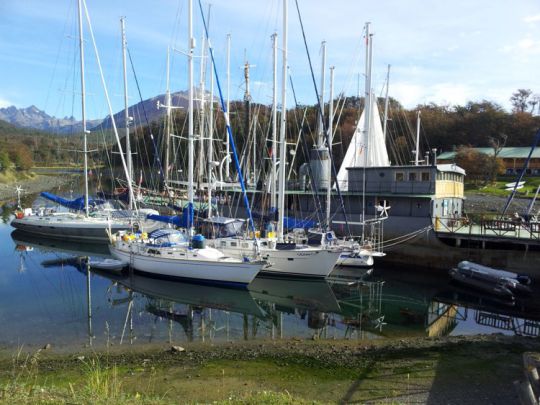
Drake's Passage, a fearsome sea area
The canals of Patagonia where we had been sailing for 3 years were already a challenge for a boat originally designed for more clement latitudes. The Antarctic, and especially the Drake, required a boat that was really adapted to the much more difficult conditions. A trip to Antarctica is no longer a simple adventure, but a real expedition.
There were not many alternatives available to us to reach Antarctica:
- Embark on a cruise ship: the very numerous cruise ships that provide rapid rotations (10 days door-to-door) from Ushuaia, offer (sometimes) last minute passages at preferential rates (which remain high, however).
- Embark as a (paying) crew on one of the few large professional sailing boats present in the area with a solid reputation (Vaihere, Podorange, Selma, Santa Maria Australis, Ocean Tramp, Kotik...). Their prices are comparable to those of cruisers, but for longer trips (3 weeks, on which at least 8 days are to be devoted to the round trip crossing of the Drake)
- Find a boarding on a private sailboat. Every year, a few private yachts, more or less well prepared, also set sail for the Antarctic Peninsula, but their crews are usually full.
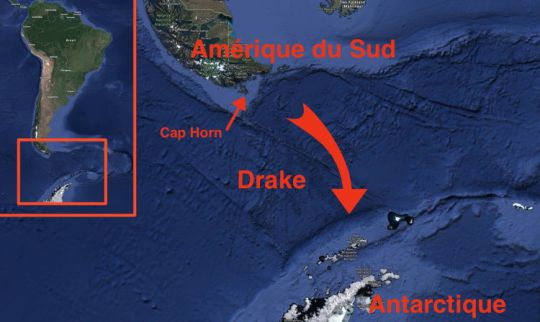
A boarding on a 15 m schooner
When we were offered the chance to board a 15-metre steel schooner as crew (paying) members for its second voyage to Antarctica, we jumped at the chance. Although we would be charged for this trip (80 euros/day per person), we would spend 2 months in Antarctica, with a small crew (6 people) and on a boat of a similar size to ours.
This sailboat is a respectable old lady from the 70's (a Trirème 50), rigged as a schooner. Her comfort is basic. 4 crew members are housed in bunk beds next to the saloon, the captain and his wife in the aft cabin. The entire forward cabin is dedicated to the storage of 2 months of food for 6 people.
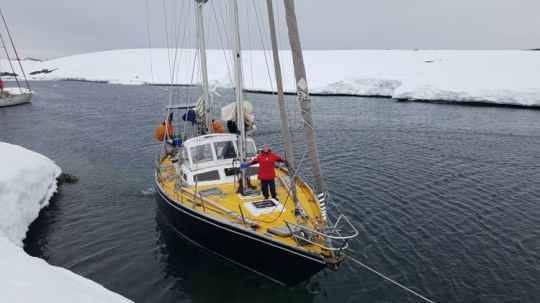
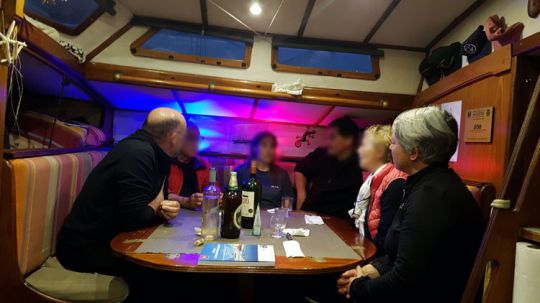
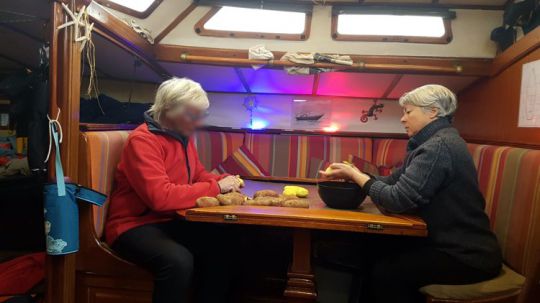
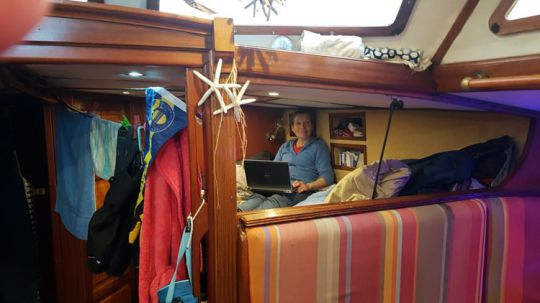
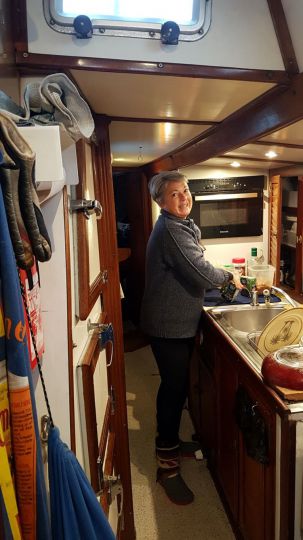
The boat is managed by an "association" that the captain set up when he retired from a long career in boating. It is intended to enable its members to discover deep-sea navigation, and has no profit-making purpose.
There are 6 of us on board: the captain and his wife, who is joining us for her second Antarctic voyage, along with an old friend of the captain who is also a fan of "Trans-Quadra" adventures, Sara, a jewellery artist whose first experience on the high seas is a first, and finally Carole and I who have been sailing around the world on our boat for 30 years.
First problems and start-up delay
Our rally, originally set for January 4, 2019, is immediately delayed because the boat is not ready: the radar (essential in these waters to detect drifting ice) no longer works and quickly proves to be irreparable, the grey water pump is defective, the depth sounder is not yet installed...
This is the first time that Carole and I have embarked on a large - and delicate - crossing on someone else's boat, but we have no particular concerns at this stage, as we feel that a boat and a captain who have made it into the Beagle Channel could only observe the same requirements of preparation and safety as our own. We are just astonished at this stage by these last-minute technical incidents on the eve of crossing the Drake. So we left Puerto Williams to cross the Drake 10 days behind the original schedule.
A high-risk crossing
The crossing of the Drake, i.e. around 500 miles between Cape Horn and the first anchorages in the Shetlands archipelago, requires a very good weather window. The confluence of two oceans and violent winds that can turn 180 degrees in a few hours, combined with the shallowness of the continental shelf around the Horn, can raise rough seas that can seriously hamper reckless craft.
However, a window appears and we point the bow to Cape Horn, across Nassau Bay. The conditions being exceptionally mild, we decide to continue, despite a weather forecast which predicts 25/30 knots from the South in 24 hours.
A night with the engine allows us to escape from the particularly risky waters of the continental shelf. But, as predicted by the Grib files, 24 hours later, the wind rises abruptly from the south, with a very short swell that prevents any progress and makes life on board very uncomfortable. We put on the cape to try to find a semblance of functioning on board: rest and food, failing to progress southwards.
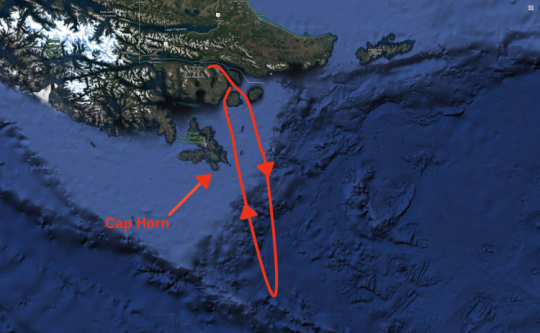
Unfortunately, after a few hours we find that the cape is causing us to drift at a rate of 1.5 to 2 knots towards the North, which will take us back to the continental shelf in 24 hours, whilst the weather forecasts predict an increase in the wind above 40 knots, which would make the zone particularly dangerous. So we're turning around and heading back - very quickly and uncomfortably - to the shelter of Lennox Island around 100 miles to the North. There we spread out the expected strong gale for 3 days.
To be continued...
